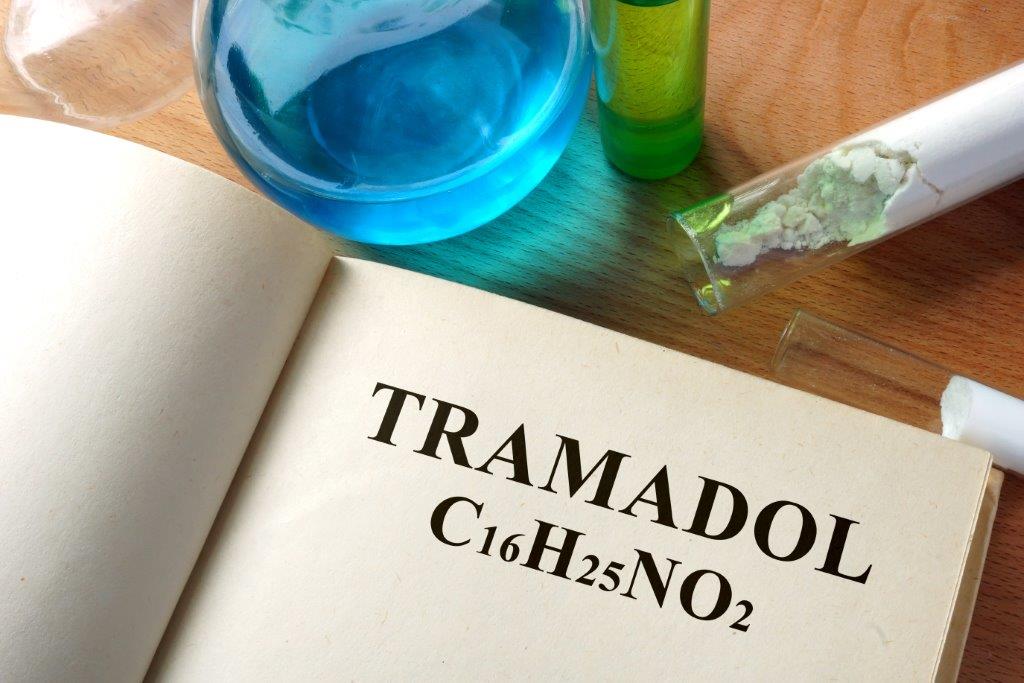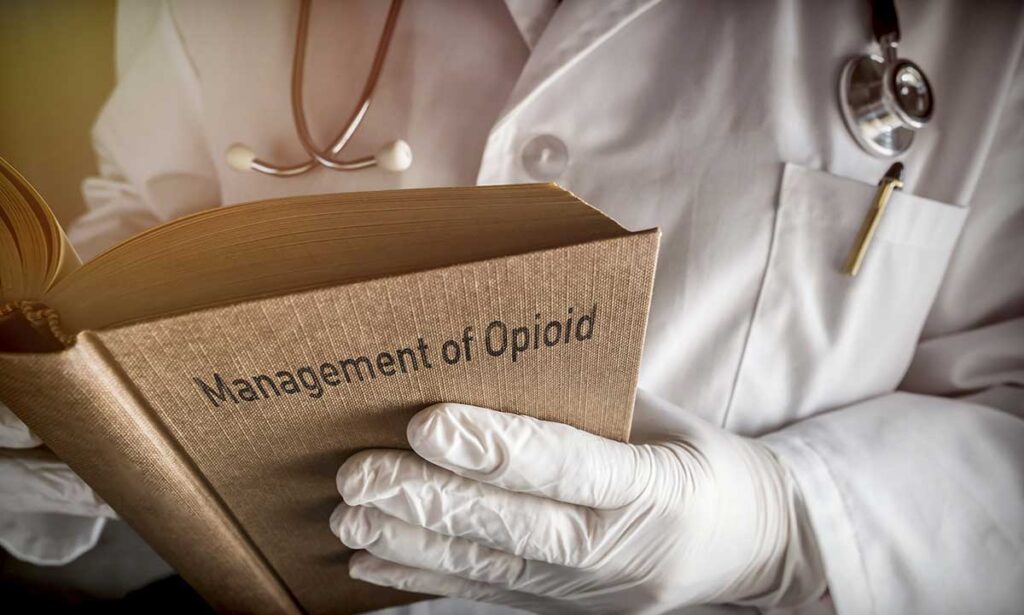What is Rapid Tramadol Detox?
Most people attempt to withdraw from Tramadol without professional assistance. While the reason for this unassisted attempt is typically well-intentioned, the challenges of a cold turkey opiate withdrawal can significantly reduce the chance of success.
How can I get Tramadol out of my system fast?
Rapid tramadol detoxification under medical sedation is one of the best and quickest ways to overcome tramadol dependence. At the Waismann Method treatment center, our rapid detox procedure takes place in a private ICU room of an accredited hospital. Being under sedation through an opiate detox allows our patients to get through the acute withdrawal much more comfortably. Rapid detox significantly reduces discomfort while vastly increasing the chances of successful detoxification. If you or someone you love is struggling with tramadol addiction, don’t hesitate to reach out to us for help. We are here to ensure you get the treatment you need to start on the path to recovery.
A Typical Waismann Method Rapid Tramadol Detox Protocol:
- Day 1 – The patient is admitted to a private room of a JCAHO-accredited hospital for a comprehensive health evaluation, physical stabilization, and pre-medication to prevent withdrawal symptoms. Evaluation can include a consultation with our quadruple board-certified medical director, an individualized evaluation with a cardiologist, lab work, chest x-rays, and other examinations based on each patient’s health needs. Patients keep their cell phones, IPads, or other entertaining devices during this time.
- Day 2 – The patient is taken to their private ICU room, where they will remain until the morning after the sedation detox procedure. Our world-renowned Dr. Lowenstein individually performs all rapid detox procedures. We don’t treat several patients together, and we don’t use newly hired anesthesiologists.
- Day 3 – When medically indicated, patients receive the FDA-approved Vivitrol® injection. Vivitrol® (Naltrexone) blocks the effect of opioids, decreasing physical cravings and significantly reducing the chance of relapse. It is essential to know that Vivitrol® effects last approximately 28 days and are not addictive.
- Day 3 to 7 – On the third day, the patient is evaluated for discharge to our exclusive recovery retreat, where they spend a few more days and receive around-the-clock care throughout the adjustment period. They are given transitionary medications at the retreat to help ease recovery.
What is Tramadol?
Tramadol is a synthetic opiate typically prescribed to patients suffering from moderate to severe pain. However, Tramadol is also a very addictive substance, and many people find themselves dependent on the drug even after their pain has subsided. Tramadol works in the central nervous system (CNS) and may cause mental or physical dependence. Drug dependence can occur even when a person takes a drug exactly as prescribed, although it often sets in more rapidly when abused. The DEA reports that 3.2 million people in the US have used Tramadol for non-medical purposes.
Ultram, Zytram, ConZip, Ryzolt, and others are common name brands, and on the streets, Tramadol is commonly known as ultras, trams, trammies, 319, chill pills, and beans.
Tramadol is an opiate with severe side effects, including risks for seizures, serotonin syndrome, and addiction.
Common Side Effects:
The pain-relieving effects of this painkiller usually start within an hour of consumption of oral medication. Tramadol is often as effective as morphine for mild to moderate pain but not severe pain. It is also commonly used as a psychoactive substance because it works differently from other opioid drugs. This drug inhibits the reuptake of serotonin and norepinephrine; its effects can result in complex mood alterations. Additionally, because Tramadol binds to the brain’s opioid receptors and depresses the central nervous system, it presents many of the same risks as other opioids, including respiratory depression, overdose, and even death.
While most painkillers are schedule II substances under the Controlled Substances Act, Tramadol is a schedule IV opioid substance. Schedule IV means the DEA considers this medication to have an accepted medical use and lower potential for abuse than other more common opioids such as hydrocodone and oxycodone.
Ultram Withdrawal Symptoms
 First, Tramadol works by activating the opioid receptors and blocking neurotransmitters like serotonin and norepinephrine from being reabsorbed. Then, Tramadol’s regular intake interferes with the brain’s chemical messengers, causing physical changes in pathways and functionality. Once the regular opioid intake is interrupted, and the drug leaves the bloodstream, a withdrawal syndrome occurs.
First, Tramadol works by activating the opioid receptors and blocking neurotransmitters like serotonin and norepinephrine from being reabsorbed. Then, Tramadol’s regular intake interferes with the brain’s chemical messengers, causing physical changes in pathways and functionality. Once the regular opioid intake is interrupted, and the drug leaves the bloodstream, a withdrawal syndrome occurs.
Opioid withdrawal intensity and length vary according to many individual factors, and for example, some of the most common withdrawal signs are:
- A runny nose
- Sweating
- Tearing
- Yawning
- Body aches
- Insomnia
- Anxiety
- Chills and goosebumps
- Stomach pain
- Diarrhea
- Nausea and Vomiting
- Pupil dilation
- Irritability
- Drug cravings
- Depression
- Rapid heart rate and
- Hypertension
Tramadol withdrawals tend to start within 12 hours of the last dose. Withdrawals usually peak within a couple of days. The level of dependency, personal physiology, and medical and mental conditions can influence discomfort throughout a Tramadol detox. For that reason, it’s better to manage withdrawal symptoms within an inpatient medical facility using a Rapid Tramadol Detox procedure.
Ultram / Tramadol Tolerance and Addiction
A study in the Journal of Drug and Alcohol Dependence shows Tramadol’s adverse effects on the GABA system. Gaba is the neurochemical pathway in our brains that, when stimulated, decreases neuron activity by decreasing the production of dopamine and other neurotransmitters. This vital part of brain activity is often impaired by substance abuse.
Tramadol is a very addictive drug because it provides people with feelings of calm and pleasure. It also disrupts our natural production of endorphins, which helps us control pain, anxiety, fear, excitement, pleasure, and many more basic responses to daily events. Addiction is usually the result of untreated tolerance. Tolerance occurs when there is frequent and long-term use of Tramadol, and the body needs more and more of the drug to reach the original effect. This escalation in dosage often leads to dependency following addiction.
Tramadol Rapid Detox and Medically Assisted Treatment Options
Patients that undergo our Tramadol Rapid Detox under anesthesia have a nearly 100% success rate in becoming opioid-free. With the worst withdrawal symptoms taking place while patients sleep, the pain and fear of detoxification are minimal. Rapid Tramadol Detox by Waismann Method occurs in an accredited hospital by a quadruple board-certified anesthesiologist with over 24 years of rapid detox and medically assisted opioid detox experience.
Our medical professionals will work with you every step, from the detox to the recovery phase. With our help, you can make the necessary changes to start living a healthier, happier life.
We Are Here for You!
If you or someone you love is ready to detox from Tramadol, there is no better time to start treatment than now. Our team of professionals is here to help you with every step. We understand how difficult it can be to detox from Tramadol, but we also know it is possible. You are not alone. Check out our testimonials page to see what other patients say about their experience with our rapid detox program. If you’re ready to take the first step, call us. We would be more than happy to answer any questions you may have.








